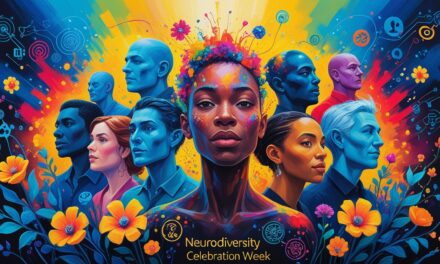Ever since 1984’s The Terminator (and probably before), doubts have circled about Artificial Intelligence (AI). While there may be some truth to some of these concerns, if you dig a little deeper, many turn out to be false.
Like any rapidly developing technology, AI does have its genuine limitations and faces teething problems. We’ve all heard of hallucinations, for example, where a Generative AI system generates false, misleading, or nonsensical information. The technology is also limited to reusing existing and past data for its creations, rather than generating genuinely new, creative ideas.
However many of the concerns that people and businesses have are actually misconceptions, which can hinder the future growth of organisations and slow their progress with the implementation of time-saving and operations-optimising technologies. It’s important to understand the powers and limitations of AI, if we are to foster responsible use and set realistic expectations.
Businesses should educate themselves about the reality of what AI can achieve, whilst identifying and debunking the myths, if they are to succeed. Let’s take a look at some of the common myths I’ve seen circulating.
‘AI is not 100% accurate, so it’s not as accurate as people’
Generative AI can hallucinate, and in almost every case human oversight remains essential to ensure that AI systems are running and aggregating data accurately. However, while it’s true that AI and other technologies aren’t 100% infallible, it’s also true that humans aren’t either. It is a myth that AI is less accurate than humans – in many cases it’s much more accurate.
The key is finding the right balance, leveraging technology to prevent compliance issues while also recognizing when human oversight is necessary. It’s a two-way relationship: technology should support people, and people should support technology. They work together to achieve the best possible outcomes.
As long as it hasn’t been programmed to be so, AI can’t be deliberately inaccurate. This means that the risk of committing deliberate fraud or other financial crimes is massively reduced. However, tools do need to be properly monitored and maintained to avoid unintended problems.
‘AI is scary because it’s new’
You can’t look at a news page without coming across a story about AI – this article is a great example! While it’s true that this level of hype about the technology is new, AI itself has been around for decades behind the scenes – ABBYY itself has been operating and specializing in AI-driven solutions for more than 35 years. It’s just more commonly and publicly available nowadays.
A key barrier to gaining an understanding of this is the distinction between different types of AI. The most visible to consumers is Generative AI, which encompasses famous tools like ChatGPT and Google Gemini. However there are also widespread and productive applications of AI within organisations which many don’t know about, because they aren’t explicitly labelled as AI.
It’s important not to underestimate these tools, which despite being less well known, are often indispensable for companies. One example is Intelligent Document Processing (IDP), which automates data extraction and processing from an organisation’s documents, improving efficiency and accuracy in workflows. Innovative AI is built into the entire pipeline from image enhancement to object detection, OCR/ICR, classification, extraction from semi-structured documents, and extraction from unstructured documents.
The recent surge in attention around AI, particularly Gen AI, shouldn’t overshadow the longstanding and effective use of AI across various industries.
‘AI is too complicated for me’
‘AI’ isn’t one-size-fits-all. There are many different types of AI, from IDP to Generative AI, and it’s possible for every business to benefit from different tools for different needs.
A business might leverage Generative AI to automate content creation, customer support, data analysis, and software development. Through Generative AI, companies can streamline operations, improve customer experiences, and foster growth.
However, Generative AI might not be the right fit for all business needs. General purpose tools can struggle with accuracy and reliability, especially in structured data processing.
Many businesses will benefit from more specialist, purpose-built tools. IDP, for example, can be a efficient, cost-effective option for extracting data from structured documents with high precision and compliance.
Despite the many AI myths, in ABBYY’s State of Intelligent Automation: AI Trust Barometer respondents reported an overwhelmingly high level of trust in AI tools (84%). The most trustworthy according to decision makers were small language models (SLMs) or purpose-built AI (90%).
This is a good basis to work from. The next step is debunking the myths to help us develop a more realistic understanding of its potential and limitations.
A balanced approach helps us focus on using AI responsibly, making sure it benefits people instead of causing fear or confusion. As AI develops, education and awareness will be important in separating fact from fiction, allowing us to make the most of its benefits while reducing potential risks.






